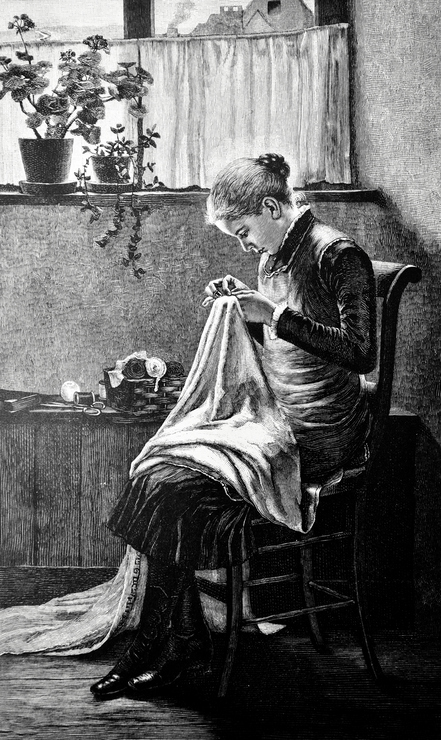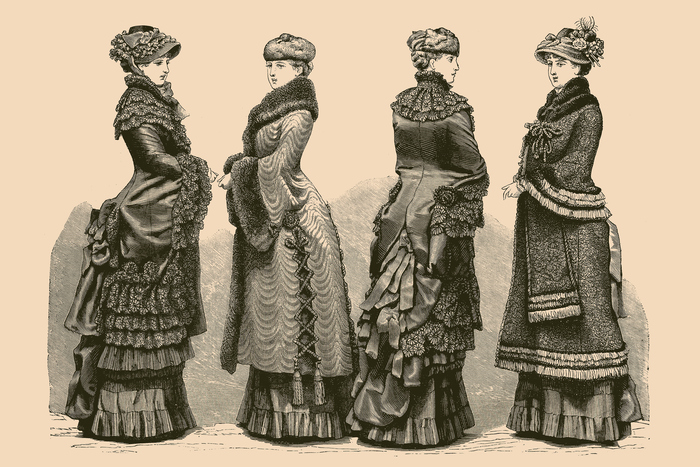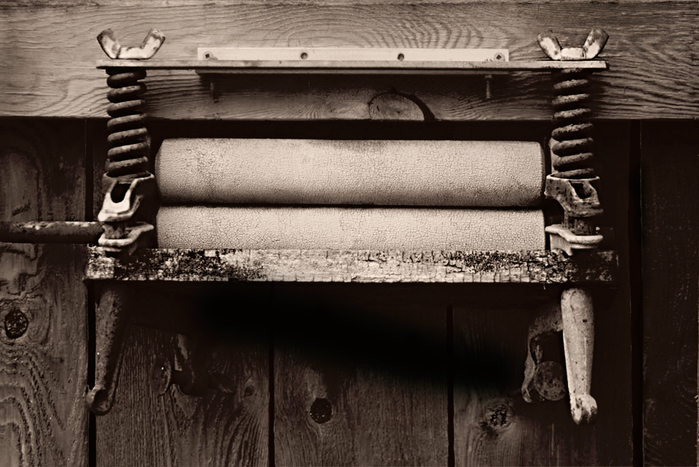Havelock Road runs parallel to Preston Park. Houses were first built on the road in the 1880s, starting at the southern end with the last houses built in the 1900’s (before the 1911 census). There are currently around 188 houses on the road. The street comprises two and three story houses, some terraced and some built as semi-detached – number 1 is a detached house. There is a parade of shops in the middle of the road – just where Lucerne Road intersects Havelock. Once formerly a greengrocer, dairy and post office in this row of shops, currently they are occupied by a ceramic’s studio, Pilates/physiotherapy studio, an art/studio gallery and a newsagent. The Preston Park Tavern is situated just opposite.
The buildings at 119 to 125 Havelock Road have an interesting history dating back to 1883 when they were designed by local architect Thomas Henry Scutt. The premises were intended to the a builders yard with houses for foreman, stables and stores. The building was built in 1888. Despite the original design, the first recorded business operating out of 121 – 123 Havelock Road was not a builder but a laundry – the Sunlight Sanitary Laundry LTD, which occupied the premises from 1891 – 1927. The laundry had gone by 1930 and the buildings and yard were occupied by builders. From 1955 – 2002 the premises were owned by Cornelia James where high-quality gloves and scarfs were manufactured. The buildings were converted to homes following the factory’s move to more suitable premises.

OVERVIEW OF WOMEN AND GIRLS WHO ARE WORKING OR LIVING INDEPENDENTLY IN 1891 CENSUS
- 33 houses have women or girls who have an occupation or indication of how their income is obtained.
- 49 women or girls are working or of independent means.
- 9 women are described as ‘living of own means’ (LOOM)
- 15 women or girls are described as servants. It is difficult to know if they are working in the homes they lived in and general consensus is at least 9 were. There of the girls are only 12 and one is 14
- There is a laundry on Havelock Road (Sunlight Sanitary Laundry) at the time and although no-one was living there, there are five women who were laundresses living on the road.
- Three women are described as milliners, there as dressmakers and one as a dress and mantle maker
- Five women are described as being involved in education. Two are school mistresses, one is a music teacher and the other is a teacher of cookery.
Other occupations include:
- Cook
- Fancy goods assistant
- Negative re-toucher (photography)
- Grocer and grocer’s assistant
- Barmaid

OVERVIEW OF WOMEN AND GIRLS WHO ARE WORKING OR LIVING INDEPENDENTLY IN 1901 CENSUS
Approximately 136 houses
- 53 houses have women or girls who have an occupation or indication of how their income is obtained
- 83 women or girls are working or of independent means
- 21 women are described as ‘living of own means’ (LOOM)
- 12 women are servants/charwomen/housekeepers – some are working in the house where they live
- 12 are laundresses
- 9 women are described as dressmakers, seamstress or ladieswear makers
- 6 women are described as being involved in education – 1 schoolteacher, 2 retired, 1 headteacher, 1 teacher of drawing and 2 music teachers
- 4 women are involved in office work, 1 is a typist, 1 is a post office clerk, 1 is a laundry clerk and 1 is a draper’s cashier
Other occupations include:
- Confectioners shop assistant
- Baker
- Lino type machinest
- Barmaid
- Sick nurse
- Lodging housekeeper

OVERVIEW OF WOMEN AND GIRLS WHO ARE WORKING OR LIVING INDEPENDENTLY IN 1911 CENSUS
Approximately 180 houses – many of them multiple occupancy.
- 88 houses have women or girls who have an occupation or indication of how their income is obtained
- 135 women or girls are working or of independent means
- 26 women are described as ‘living of own means’ (LOOM). Some have the entire house and a servant – others live in one room
- 18 women are servants/charwomen/housekeepers – some are working in the house where they live
- 8 women are dressmakers, 3 are milliners. 1 is a retired mantle maker and 1 is a ‘refined shirt and collar dresser’
- 9 women are clerks, office assistants or typists
- 4 women are living an ‘Old Age Pension’ introduced in 1909. 1 women is in receipt of ‘parish pay’
- 4 women are involved in shop work
- 5 women are described as being involved in the business – dairy, fishmonger, pub etc
- 10 women are involved in education – 3 assistant teachers, 1 retired, 1 headteacher, 2 school mistresses, 2 music teachers and 1 teacher of dancing
Other occupations include:
- Nurse
- Baker
- Artist
- Photographer
- Barmaid
- Masseuse (x2)
- Pianist
- Waitress
Research carried out by BHWHG member Clare. July 2023.